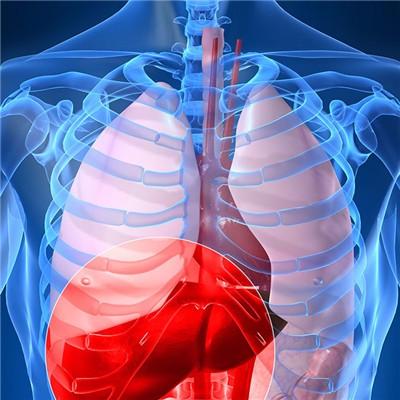Symptoms of postpartum hemorrhage
summary
Pregnancy is a very gratifying thing, which every family will experience, so we are not unfamiliar with the process of pregnancy and related matters, and clearly understand that pregnancy is a contest between life and death. I believe you are not unfamiliar with abortion and ectopic pregnancy. Even the maternal event in Hunan some time ago taught you a lesson - amniotic fluid embolism. It seems that the focus has been put on before childbirth, but you know little about what happened after childbirth. Therefore, today I share with you a postpartum risk - postpartum hemorrhage.
Symptoms of postpartum hemorrhage
First: postpartum hemorrhage refers to the amount of blood loss ≥ 500ml within 24 hours after delivery, and the vast majority of them occur within 2 hours after delivery. For a long time, we only pay attention to pregnancy until the delivery of the fetus, so we may not hear much about postpartum hemorrhage, but in fact, in recent years, postpartum hemorrhage has been the first cause of maternal death, and puerperal infection, pregnancy with heart disease, pregnancy induced hypertension are the four major causes of maternal death.

Second: postpartum hemorrhage more than 70% are caused by uterine inertia, so how to deal with it? Once it is found that postpartum hemorrhage is caused by uterine atony, we should immediately analyze the possible causes, such as mental tension, bladder overfilling, and remove the cause. In addition, we can stop the bleeding by massaging the uterus, intravenously dropping uterine contraction agents, and packing gauze in the uterine cavity. If the bleeding is difficult to stop, we can stop it by ligating or embolizing the artery, and compressing the abdominal aorta, If the above methods are invalid, hysterectomy can be considered.

Third, the bleeding caused by uterine atony is characterized by large and soft uterus and less bleeding after delivery; The patients with soft birth canal rupture may have vaginal pain, bright blood color and sometimes hematoma; Patients with placental factors need to be carefully examined. Patients with coagulation disorders have large amount of bleeding and continuous bleeding.

matters needing attention
Postpartum hemorrhage is generally handled by doctors, personal strength is weak, but can be avoided through prevention. Such as regular prenatal examination to find high-risk factors, develop good habits of defecation and urination, relax mood, avoid tension and other emotions, avoid taking sleeping pills and sedatives, moderate exercise to ensure the supply of heat. Postpartum oneself should pay attention to the nature and quantity of vaginal discharge, if there is any abnormality, inform the medical staff in time.













